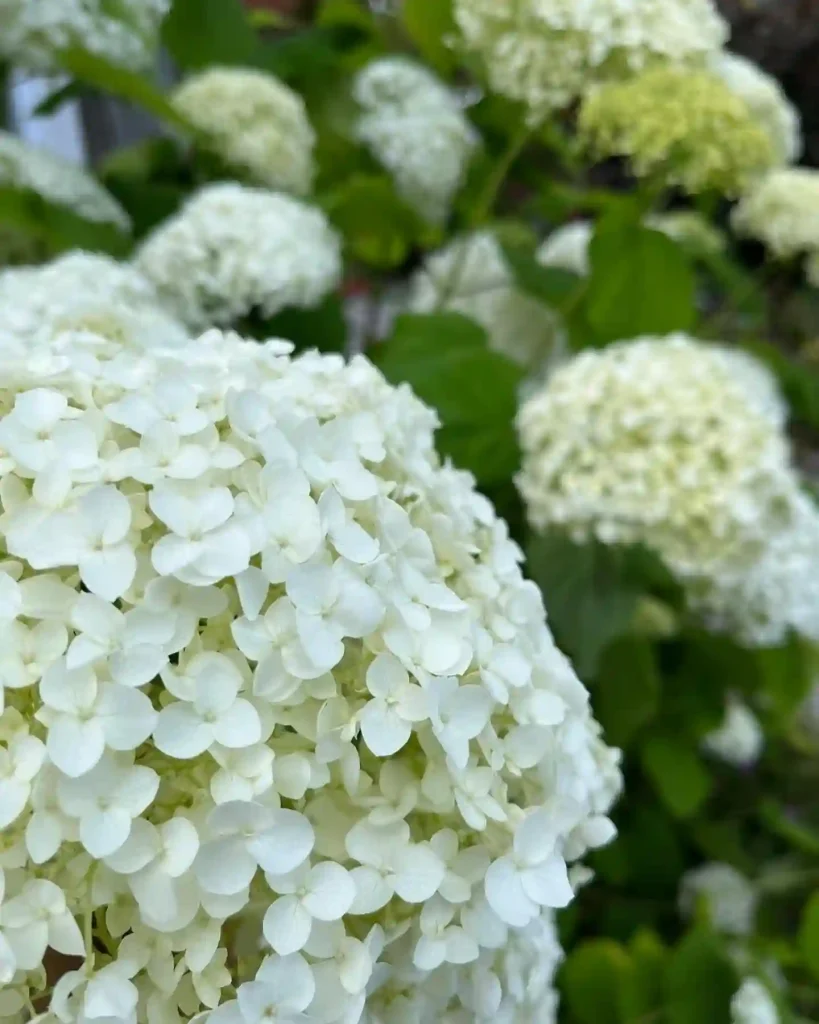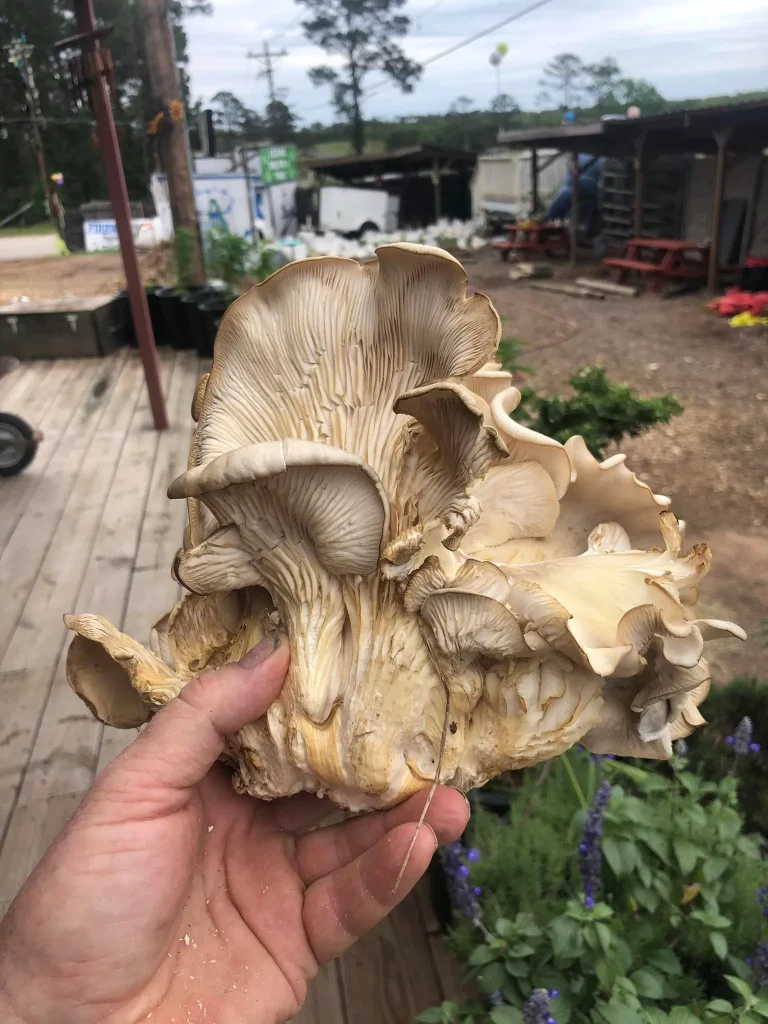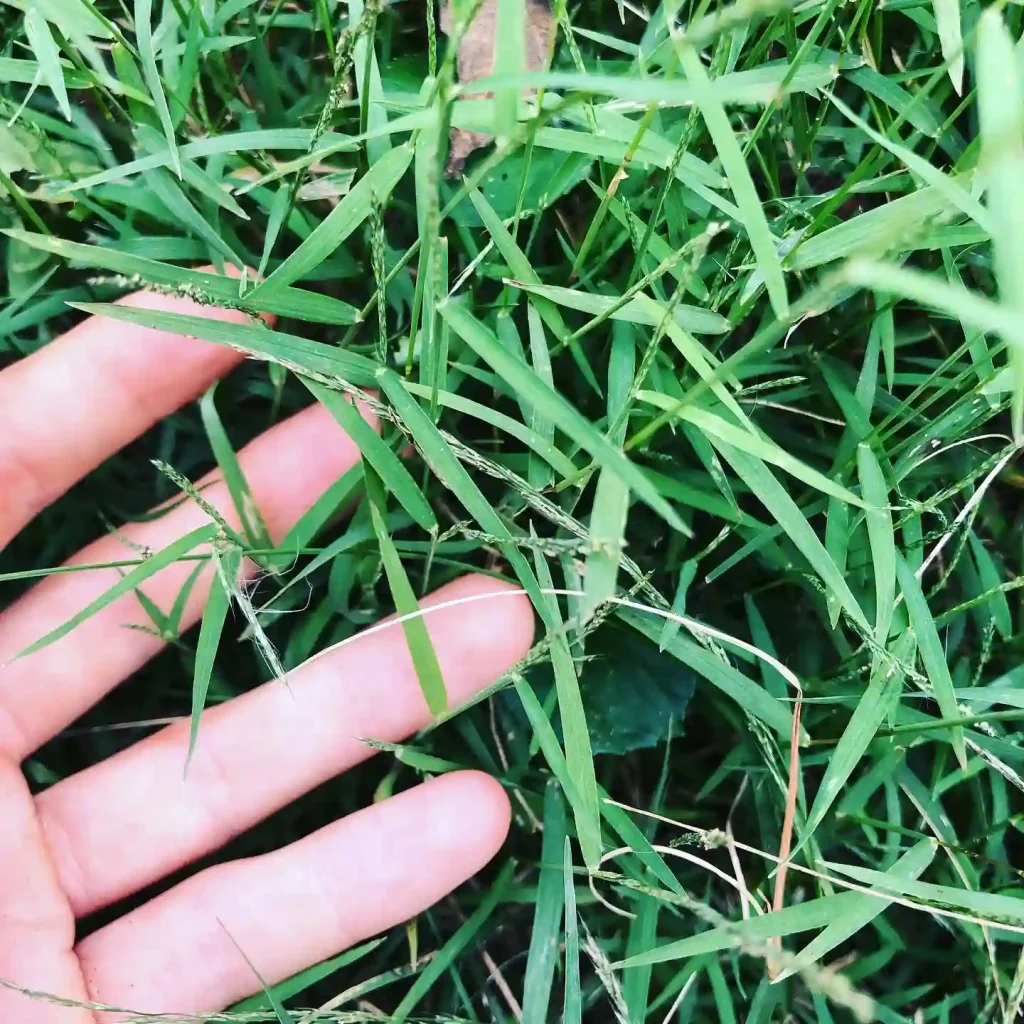FAQs About Carex Perdentata
When it comes to gardening, I’ve found Carex Perdentata to be an intriguing plant that often raises several questions. This versatile sedge, known for its striking appearance and adaptability, is a great addition to any garden. If you’re considering adding Carex Perdentata to your landscape, you might have some questions. Let me walk you through some of the most frequently asked questions about this unique plant.
2324 Species in Genus Carex
What is Carex Perdentata?
Carex Perdentata, commonly known as the Perdentata Sedge, is a type of ornamental grass native to North America. It’s part of the Cyperaceae family and is known for its fine-textured foliage and compact growth habit. Unlike many other sedges, Carex Perdentata has a unique, airy appearance that can add a delicate touch to garden designs.
How to Care for Carex Perdentata?
Caring for Carex Perdentata is relatively straightforward. Here are the key points to ensure it thrives:
- Sunlight: Carex Perdentata prefers partial shade to full shade. It can tolerate some morning sun but does best in low-light conditions.
- Soil: It thrives in well-drained soil that is rich in organic matter. Although it can adapt to various soil types, it prefers moist, but not waterlogged, conditions.
- Watering: Regular watering is crucial, especially during dry periods. Keep the soil consistently moist but avoid letting it sit in standing water.
- Fertilization: This plant doesn’t require heavy fertilization. A balanced, slow-release fertilizer applied once in the spring is usually sufficient.
- Pruning: Minimal pruning is needed. You can trim back any dead or damaged foliage in early spring to encourage fresh growth.
How to Propagate Carex Perdentata?
Propagating Carex Perdentata is quite simple. You can use the following methods:
- Division: The most common method is division. In early spring or fall, carefully dig up the plant and separate the clumps. Replant the divisions in well-prepared soil.
- Seed: Although less common, you can also propagate from seeds. Collect seeds in late summer and sow them in a seed tray with a light soil mix. Keep them moist until germination, which can take several weeks.
What to Plant With Carex Perdentata?
Carex Perdentata pairs well with various plants due to its subtle texture and color. Consider these companion plants:
- Hostas: Their broad, lush leaves contrast nicely with the fine texture of Carex Perdentata.
- Astilbes: The feathery flowers of Astilbes complement the airy appearance of Carex.
- Heucheras: Their vibrant foliage adds a pop of color that pairs well with the muted tones of Carex.
- Ferns: For a woodland or shaded garden, ferns like the Japanese Painted Fern provide a beautiful backdrop to Carex.
Is Carex Perdentata Toxic?
Carex Perdentata is not toxic to humans or pets. It’s a safe choice for gardens where children or animals play. However, as with any plant, it’s always good to keep an eye on curious pets and children to prevent them from chewing on any foliage.
Benefits of Carex Perdentata
Carex Perdentata offers several benefits for garden enthusiasts:
- Low Maintenance: Once established, it requires minimal care.
- Shade Tolerance: Ideal for areas with limited sunlight where other plants may struggle.
- Aesthetic Appeal: Its fine-textured foliage adds a soft, elegant look to garden beds and borders.
- Wildlife Friendly: Provides habitat and food for small wildlife and insects.
Common Problems with Carex Perdentata
While Carex Perdentata is generally hardy, it can encounter some issues:
- Pests: Aphids and scale insects can occasionally be a problem. Regular inspection and treatment with insecticidal soap can manage these pests.
- Disease: Root rot can occur in overly wet conditions. Ensure good drainage to prevent this issue.
- Overcrowding: In some cases, Carex Perdentata can become overcrowded. Division helps prevent this problem and maintains plant health.
Comparing Carex Perdentata to Similar Plants
Carex Perdentata is often compared to other sedges and ornamental grasses. Here’s how it stacks up:
- Carex Evergold: While Carex Evergold has more golden hues and a more upright growth habit, Carex Perdentata is more delicate and suited for shadier areas.
- Carex Pennsylvanica: Carex Pennsylvanica is another shade-tolerant sedge but is generally larger and has broader leaves compared to Carex Perdentata’s fine-textured foliage.
In summary, Carex Perdentata is a versatile and attractive plant that adds a unique touch to shaded gardens. With its low maintenance needs and compatibility with a variety of companion plants, it’s an excellent choice for creating a serene and visually appealing landscape.
If i die, water my plants!



